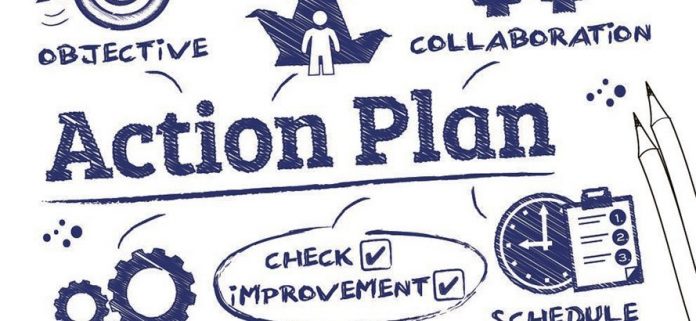When Vision 2030 development blueprint was designed in 2008, I can bet the architects never anticipated an economic slowdown of the magnitude we expect this year.
The original goal was to offer the country a roadmap to transform into an industrialised middle income economy with better paying jobs and high quality lives for Kenyans.
Not only have the projected annual double-digit growth rates been off the mark, but most envisioned projects, policy actions and reforms continue to remain beautiful plans on paper. With barely 10 years away from the supposed dreamland, it is clear this will continue being a mirage for the foreseeable future.
Yet the blueprint is currently in its third successive five-year implementation medium-term plan, complete with a taxpayer-funded secretariat.
Now the global Covid-19 pandemic has worsened matters, turning the economic landscape upside down. One can only now imagine the efficacy of the roadmap.
Instead of marching forward, the unfolding crisis looks to be engaging the reverse gear for the country’s fortunes. In the absence of strategic action plans by public and private sector captains, the reverse speed may be faster than should be, jeopardising and prolonging recovery efforts.
In the past, poor coordination between various government departments and private sector representatives during project planning and execution has impeded the effectiveness of the blueprint. As a first step towards putting the house in order, coordination ought to be seamless, with all stakeholders pulling in the same direction and envisioning the big picture.
Mandatory public participation for projects to earn the consensus vote from the people intended to benefit should be the next step. After all it is the people who know what they are most in need of.
To this end, Vision 2030 and other departmental blueprints need a thorough relook in the age of the pandemic. Several projects earlier planned will no longer be feasible post-coronavirus while others have stalled.
Turkana oil was, for instance, expected to generate petrodollars sooner and fuel growth, but it now clear the country will be forced to wait longer, with oilfields development now frozen indefinitely and the government served with force majeure.
In the past, Vision 2030 office has put oversized focus on infrastructure construction, including railroads, motorways and ports to upgrade the economy. While the country could do with modern infrastructure, the prevailing circumstances now dictate a shift in focus towards issues that directly impact human development. Focus should pivot towards quality and innovative education, healthcare systems, decent housing and food security. The pandemic has deepened the gulf between the haves and the have-nots.
Proponents of gross domestic product (GDP) as a measure of a country’s socio-economic fortunes are fond of saying that “a rising tide lifts all boats.” What about a falling tide? It is no-brainer that growth benefits only a few people who continue to be cushioned from economic shocks such as the current one while those at the opposite end continue sliding into penury.
Only universal access to quality education, housing, healthcare and food will somehow level the field and enable those at the bottom rungs to play catch up. While the government launched the Big Four agenda to shore up Kenya’s fortunes around manufacturing, food, health and housing, not much ground has been covered.
Investing in human development, capital will be especially crucial in coming months in order to steer the economy back on track. It is precisely why some governments elsewhere have temporarily taken over the role of salary payments for furloughed private sector workers on top of offering bailouts to businesses impacted by the virus. Workers and indeed the whole population, at minimum, need to have their basic needs covered at all times in order to contribute fully to nation building. Productivity and innovation are key to unleashing sustainable growth.
Policy honchos are, therefore, advised to put in place structures and policy actions geared towards developing the country’s human capital.
The country needs to create new growth drivers and this is only possible through innovation and skills development.
If nothing changes, Kenya might stagnate in the lower middle-income trap. All indicators point to failure to move from growth strategies that were effective at its previous levels to those that are effective at higher-income levels.
This is because the determinants of growth at low-income levels differ from those at high-income levels.
Since developing nations like Kenya have low levels of capital, any accumulation of infrastructure and equipment is likely to drive growth. But beyond a certain level, the rate of return on investment in such capital diminishes especially if it is credit-funded, calling for new policy actions and technologies.
This article was originally published by the Business Daily.




